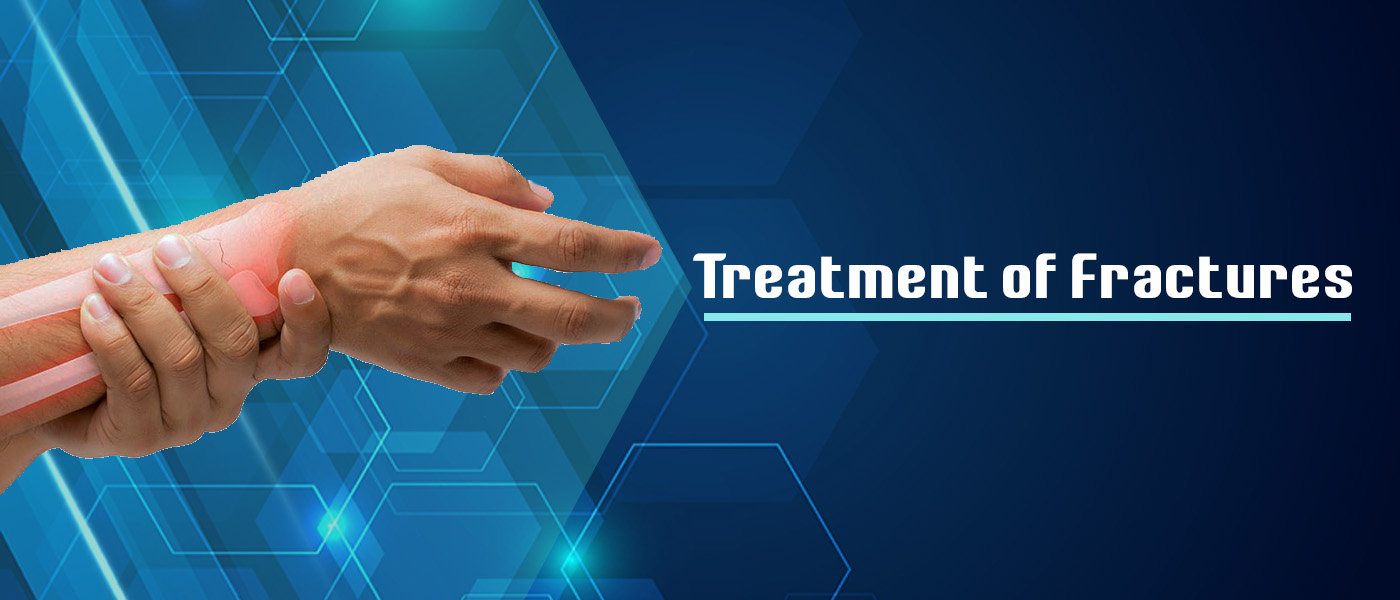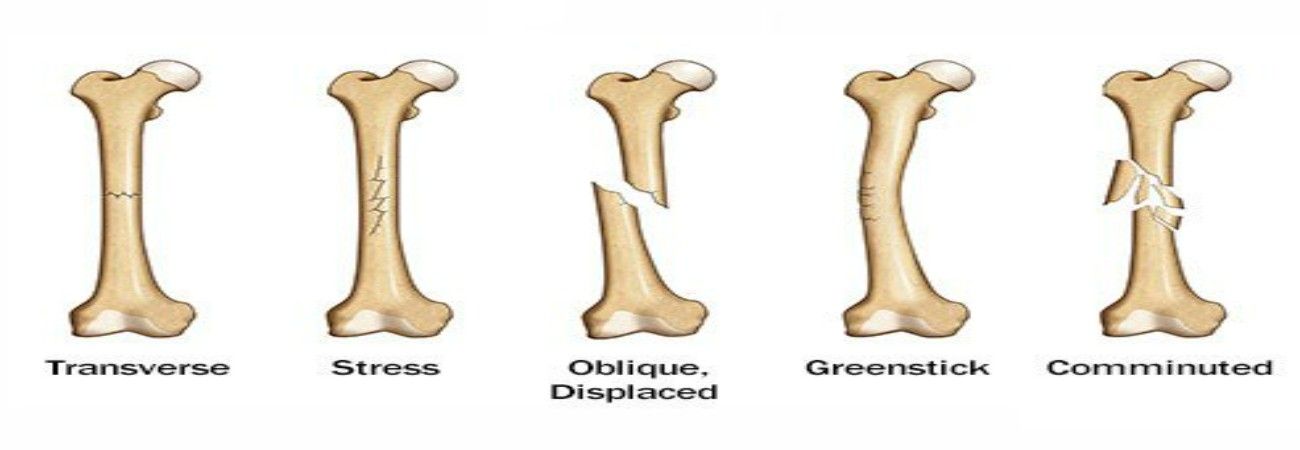A bone fracture is a break in the bone that might be partial or complete. The human body has over 200 limbs(Bones), and fractures occur in various forms. Hence, the fracture treatment and recovery vary depending on the fracture type, its severity, and the patient's age.
Dr. Saurabh Talekar focuses on providing the best fracture treatment in Vashi, Navi Mumbai . He is a competent orthopedic surgeon in Vashi who has handled thousands of patients with a wide range of fractures. If you suspect you have a fracture, you should get treatment as quickly as possible, and we are happy to assist you.
Your health is our priority, and we strive to relieve your discomfort, promote healing, prevent complications, and return your fractured area to normal function. If you want to learn more about fractures and how to treat them, this article can assist. To learn more, keep scrolling.
Let’s look at the Symptoms of Fracture
The signs and symptoms of a fracture vary depending on which bone has broken. For example, if you have an issue with your arm, leg, or finger, you will probably notice it soon.
Consider the following symptoms if you are not sure:
• Difficulty in using the limb.
• Noticeable and unexpected bumps, bend, or twist.
• Severe discomfort and pain.
• Swelling.
Let's talk about Some of the Common Types of Fractures
• Closed or open fractures:
A closed fracture occurs when an injury does not split the skin open. An open fracture, also known as a compound fracture, occurs when the skin breaks open.
• Displaced fractures:
When a bone breaks, it leaves a gap. (Change in the form of the bone )This damage frequently necessitates surgery to repair.
• Complete fractures:
In this, the break travels through the bone, splitting it in two.
• Partial fractures:
Partially fractured bones are those in which the break does not reach through the bone.
• Stress fractures:
This type of fracture occurs when the bone cracks, which can be challenging to detect with imaging.
Cost of Fracture Treatment in Vashi, Navi Mumbai
The average cost of bone fracture treatment in Vashi, Navi Mumbai, ranges from 500 INR to 500000 INR.
However, the cost of treating a fracture depends on several factors:
• Type of treatment given.
• Patient’s overall health.
• Experience and reputation of the surgeon and hospital.
• Expenses on medication and physiotherapy can also increase the treatment price.
How are fractures diagnosed?
Your doctor will evaluate the injury or affected area to diagnose a fracture. You will almost certainly have one or more imaging tests as well. These tests may involve the following:
• X-rays: This technique creates a two-dimensional image of the fracture.
• Bone scan: Orthopedic doctors often use a bone scan to detect fractures that aren't visible on an X-ray.
• CT scan: A CT scan creates detailed images of segments or cross-sections of the bone using computers and X-rays.
• MRI: An MRI uses high magnetic fields to produce highly detailed images. A stress fracture is usually diagnosed with an MRI. Good to see soft tissue disorders not seen on X Rays
What are the treatment options for fractures?
If you suffer a fracture, you may need immediate medical assistance. The type and location of the fracture determine the fracture treatment. Dr. Saurabh Talekar, a competent orthopedic doctor in Vashi, may focus on relocating and stabilizing the fractured bone during your visit. It is critical to keep the bone immobile during the healing process.
New bone may grow along the margins of the broken fragments throughout the healing process. The new bone will eventually unite the fragments if adequately positioned and protected.
Various Options for Fracture Treatment
1. Cast
The orthopedist may apply a cast to stabilize the fractured bone. A plaster or fiberglass cast will aid in the stabilization of the injured area and prevent broken bone pieces from slipping from their original position while they repair.
2. Traction
Traction may be required in extreme cases to stabilize the injured area. It helps in stretching the tendons and muscles that surround the bone. An experienced orthopedic doctor may use a series of pulleys and weights to provide traction to the patient. The doctor utilizes this instrument to lift the injured area to stabilize it gently.
3. Surgical repair
More complicated fractures may necessitate surgery. The surgeon can utilize open reduction, internal fixation, or external fixation to keep the bones from shifting.
A. Internal fixation and open reduction
• In open reduction and internal fixation, a skilled orthopedic surgeon will first readjust or reset the fractured bone fragments into their normal position.
• Then, the surgeon may use pins, metal plates, or both to repair the fractured bone. Rods may also be implanted through the centre of the bone.
B. External fixation
• During external fixation, the surgeon may inject pins or screws into the bone above and below the fracture site.
• These pins or screws will be attached to a metal stabilizing bar on the skin's surface. The bar will keep the bone in place as it heals.
• The doctor may prescribe medications to help with pain relief, infection management, and other symptoms or side effects.
• Following the initial treatment, the doctor may recommend physiotherapy or other interventions to assist the patient in returning to normal activities.
Who is an Ideal Candidate for Fracture Treatment?
- There is no such thing as eligibility for treatment of fractures. It can affect individuals of any age group. Children frequently fracture their bones when playing, while middle-aged and older people also experience accidents, with severe fractures requiring surgery.
- On the other hand, fracture treatments are tailored to the patient's age, as children recover more quickly than teenagers and middle-aged patients




